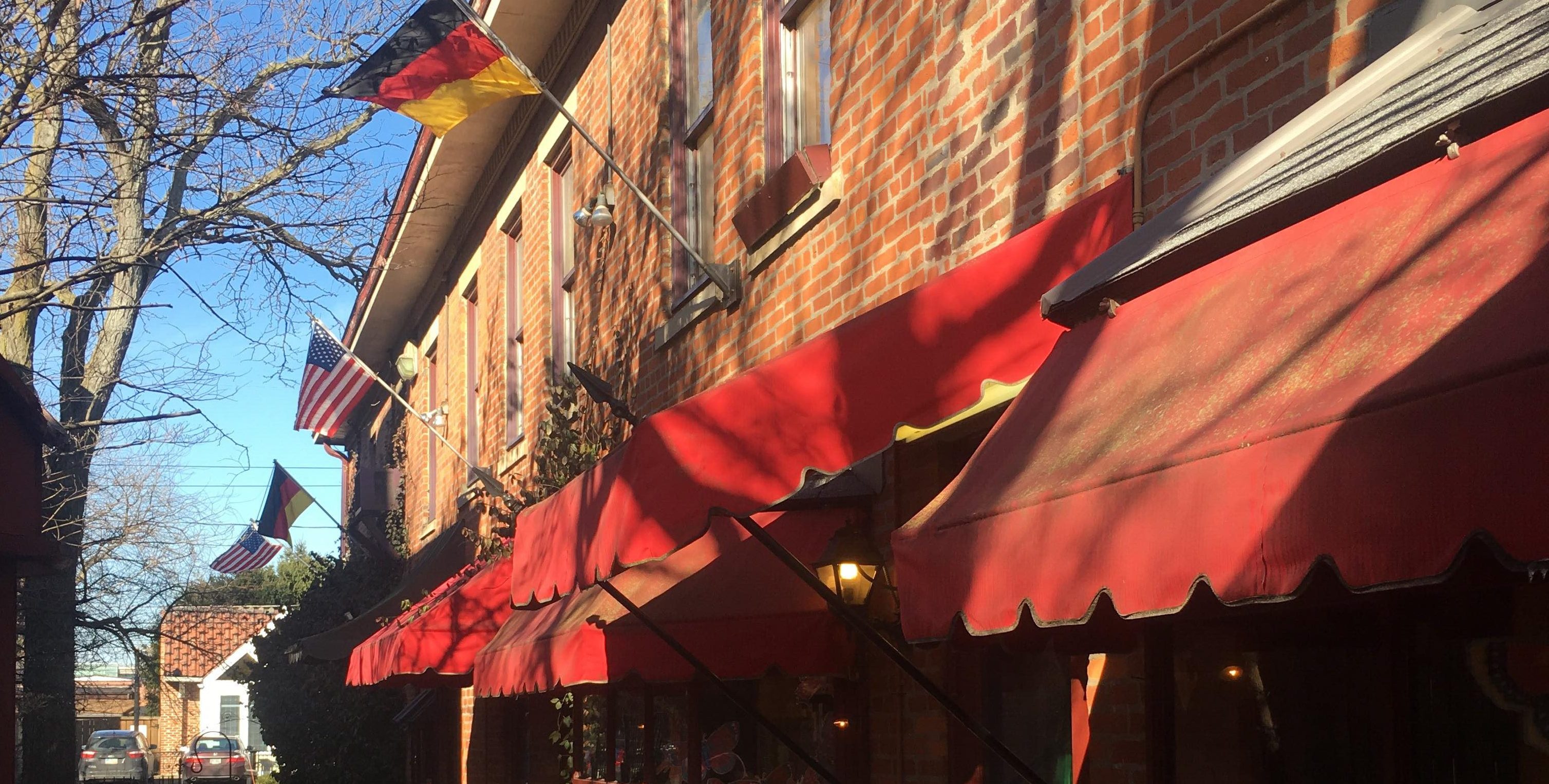Culture

The Silent Majority – What is Left of German Culture in Southern Ohio?
By: Lauren Ramoser
Posted on:
It is well-known that the American population today is composed of many different cultures and ethnicities. Some of them are still quite prominently visible, as they make up a big number of the current population. Food, cultural events or language usage might be indicators of these cultures.
By the time of the first European settlements to the east coast of today’s United States of America, almost a third of immigrants came from Germany. And although many Americans refer to their German ancestors still today, true signs of this culture are hardly visible.
Language traces and barns
Based on national stereotypes, Germans are said to be dedicated workers and are eager to build things that stand the test of time. However, not much of this construction is still around.
Today, we see some towns, streets or neighborhoods, such as Bremen and Hamburg in Fairfield County named after German cities.
And these settlers started to build a big brewery industry, as they bought the knowledge over from Germany. But most of this is romanticized by now and doesn’t really live up to former standards.
German pacifists
One reason settlers didn’t build big German settlements is because of German non-participation in the Revolutionary War from 1775, says local historian Tom O’Grady.
That means Germans mainly settled in cities like Cleveland, Columbus, and Cincinnati.
One of those neighborhoods is German Village just south of Columbus downtown. The area holds a long history of Germans living there and indicates the main cut in proud Germans living in the US, as local historian and book author John Clark says.
What people know as German Village today was only founded in the 1960s and privately financed by local homeowners. Strict regulations on construction and exterior design keep the historic facades and typical northern European architecture.o
Schnitzel, Sauerkraut, and Beer
Today, the most famous restaurant right in the heart of the neighborhood’s bricks is Schmidt’s, a family-owned Schnitzel restaurant, that serves typical German food. Many locals and tourists are attracted by the unusual concept of Schmidt’s.
Joan Short is one of them. She was born just a couple of houses down the street from Schmidt’s current location and meets her friends once in a while to catch up and eating Sauerkraut.
Audio PlayerWhat was once an authentic neighborhood has developed into a protected community that keeps its architectural features. Many visitors assume it looks just like a small German town. Historian John Clark knows about this misunderstanding.
Audio PlayerThe architecture isn’t particular German, but includes features of European houses. They are much smaller than American homes, as space is more expensive and as there is just not that much available. The settlers must have taken their ideas and experience of how to build houses and adapted locally available materials, such as bricks and lime stone into their construction.
This combination makes the neighborhood a historical unique area, that shows how immigrants have shaped their new home.
The German feeling
Many Americans are very aware of their ancestors and where they came from. So, I wasn’t surprised when many people I met were reacting to my accent by saying they were part German. Most of the ones I met, didn’t speak the language nor do they still have a connection other then their ancestors to the country.
Tom O’Grady understands this process. “When they first came here, they felt a strong connection to their home country, they still spoke the language, wrote letters to their families, but with each generation this connection faded more and more.”
One reason for this, is distance in time and also in a geographical way. You might keep some traditions up and others, as celebrations like Oktoberfest are so well-known that it is easy to still go there, but overall the relation to that former culture of your family fades. This applies to all other cultures as well, not only for Germans who moved away.
What shapes our identity?
George Eberts was born in Ohio and so were his parents. Nevertheless, he still says in proud manner that he is partly German. Why is that?
Eberts can see the history of German immigrants in his own family history. His name is a good indicator for various changes in correlation to big events, such as world war one and two.
During the interview, Eberts asks several times if his descriptions of family traditions are actually authentic, such as the main Christmas celebrations on the 24th in order to be able to drink beer while celebrating.
These uncertainties show how much changes culture underlies. There is no right or wrong when it comes to traditions and especially the geographical distance to the mother country highlights the most important once.
German immigrants used to make up one majority of immigrants in the early settlements and many moved to Ohio and other states. Today, there is not much left, due to the assimilation of these people after World War II. and just over time.
Specific features of architecture and neighborhoods or even names on graveyards show their traces but by now, the German influence from back in the day has simply assimilated into the modern American culture like so many other cultures as well.

